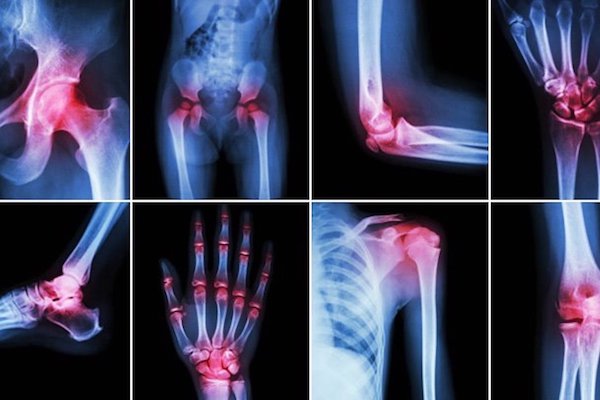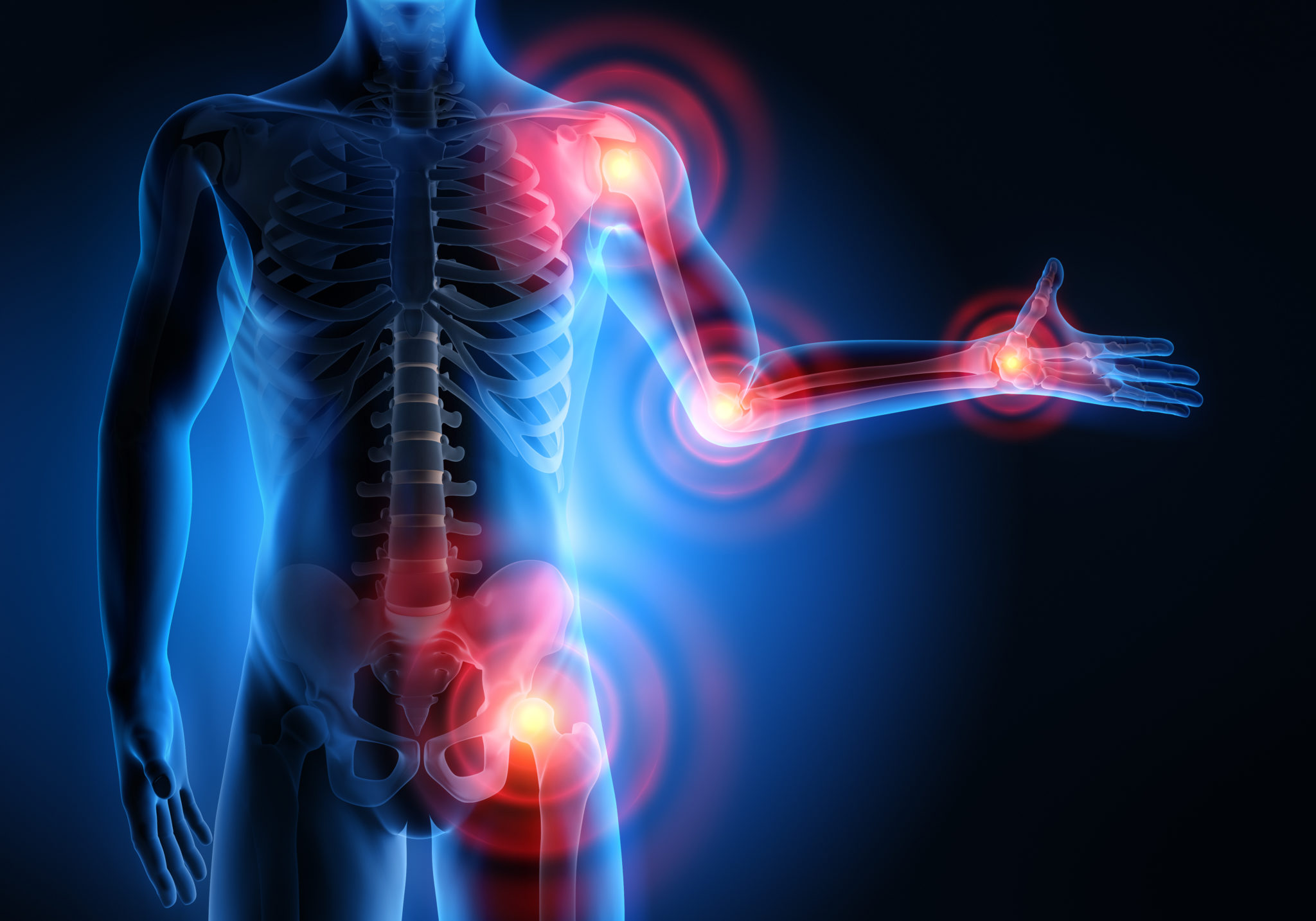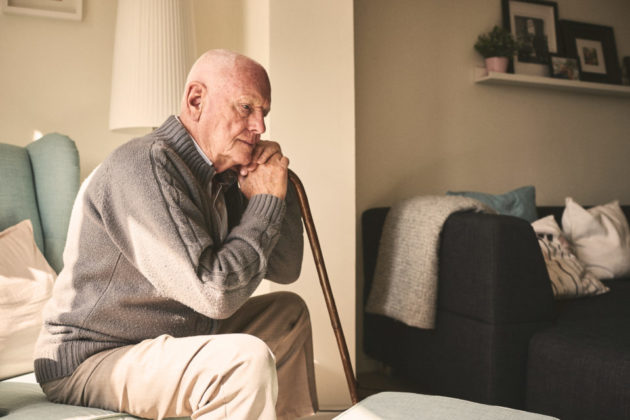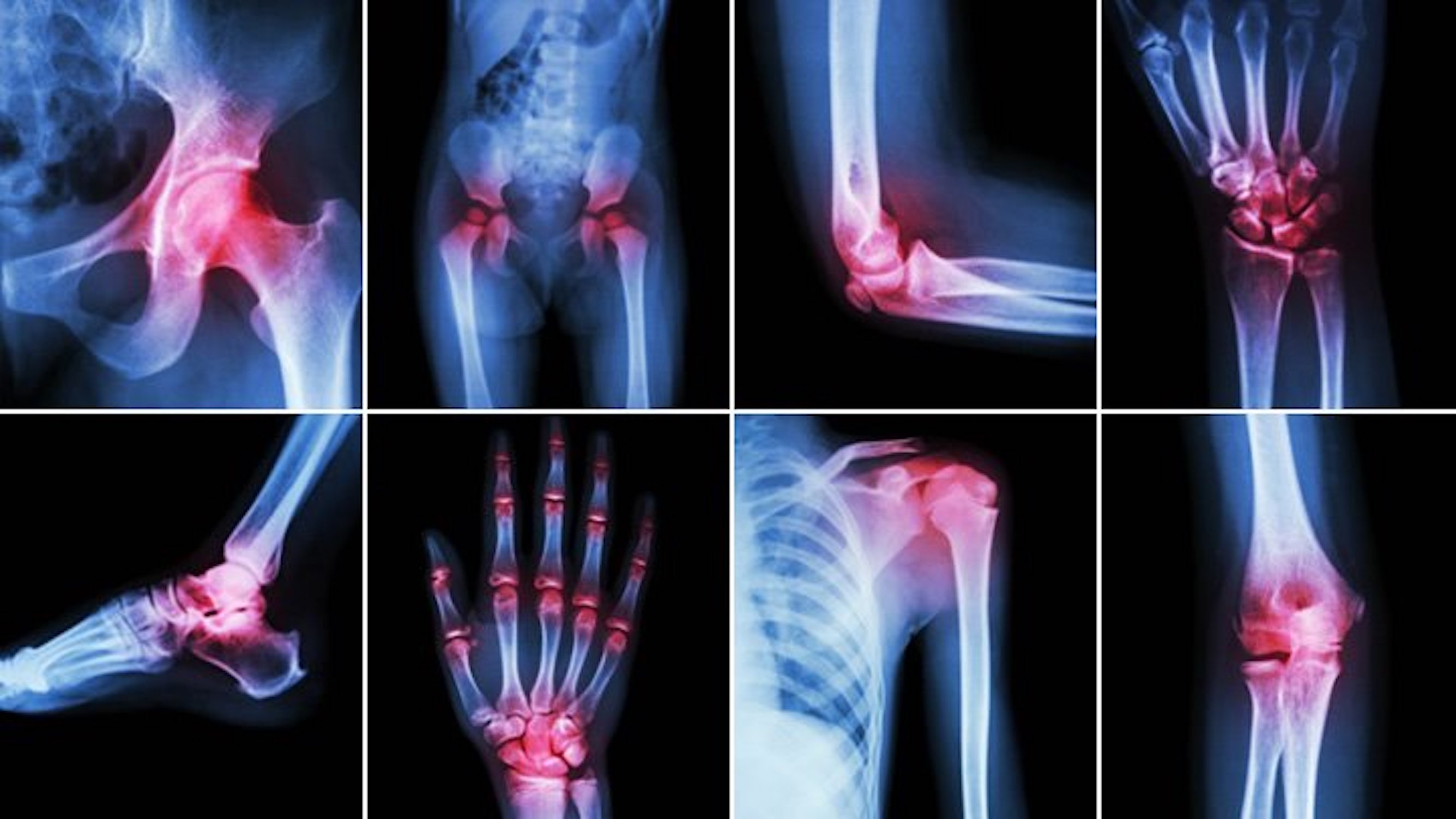In this edition, read about the safety and efficacy of baricitinib in rheumatoid arthritis (RA), disparities in shoulder arthroplasty outcomes by insurance payor, adalimumab in employed RA patients, and sex-based differences in pain and the use of non-steroidal anti-inflammatory drug (NSAID) use among collegiate athletes.
A study of baricitinib in patients with RA in China who had an inadequate response to methotrexate found the drug was effective and well-tolerated when compared to placebo. A total of 231 patients with moderate to severe active RA were included in the 52-week study. All patients had demonstrated an inadequate response to methotrexate. They were randomized to receive either placebo (n=115) or baricitinib 4 mg once daily (n=116). The main outcome measure was 12-week American College of Rheumatology 20% (ACR20) response. At week 12, the baricitinib patients had a significantly better ACR20 response compared to the placebo patients (53.4% vs. 22.6%; P=0.001).
A study published in the Journal of Shoulder and Elbow Surgery assessed differences in patient outcomes following shoulder arthroplasty based on insurance payor. They observed that patients with Medicaid insurance had worse pre- and postoperative American Shoulder and Elbow Surgeons Standardized Shoulder Assessment Form pain scores, as well as lower follow-up rates.
RA patients may experience several employment-related challenges as a result of their disease. In addition to time lost due to sick leave and disability, patients may also suffer due to lost productivity on a day-to-day basis. A new study evaluated work-related outcomes among RA patients treated with adalimumab for two years. The researchers concluded, “It is possible that pain and fatigue contribute to reduced productivity at work, and that targeted management of these symptoms, including exploration of possibly contributory comorbidities, such as osteoarthritis, cardiovascular disease, or depression, may help improve patient global health and work-related outcomes.”
A study examined pain and NSAID use among collegiate athletes, differentiating by males versus females. “Female athletes with current pain had greater odds of consuming NSAIDS and most of female and male athletes reported obtaining NSAIDs through self-purchase. These results suggest that collegiate athletes consume NSAIDs without medical supervision for pain, and there is a need to investigate and intervene on health literacy within this population, in order to potentially curtail harmful health consequences,” the researchers concluded.
Credit: Original article published here.









